Trending — The Hybrid Future —
Campaign 1 – Connection and collaboration
Campaign 1 –
Connection andcollaboration

The Hybrid Future – Leesman’s ground-breaking, three-year investigation into hybrid working, carried out in association with MIT’s Center for Real Estate – has been running for just three months. But it is already providing much-needed insight into hybrid working.
Leesman has so far surveyed 2,428 people spread across an exclusive worldwide network of organisations. Respondents are based in 62 countries; 30% are in the US and 18% in the UK. The majority (60%) are expected to work in the office some or most of the time.
A total of 58% are woman, and 52% have either childcare or other caring responsibilities. Around 10% self-identify as having a disability or long-term health condition.
It is a diverse, international cohort. Yet despite the wide range of respondents, approval for hybrid working was near universal: 91% said they liked hybrid working.
The first stay-at-home orders were issued in early 2020; over three years later and hybrid working has become embedded. Employees have embraced the shift from workplace-centric employment to a tailored combination of home and office. Just in case there were any lingering doubts among employers that hybrid working was a passing fad, these findings confirm its popularity.
However, they also show that the right balance between home and office working has yet to be struck.
Hybrid may be popular, but the data suggest it is not working as well as it could.
While 91% of respondents like hybrid working, the collaboration scores lag way behind. Nearly a quarter (24%) said they sometimes or frequently felt left out of important discussions due to remote working. 41% found it difficult to participate in meetings as a virtual participant when others are in-person; 40% said it was difficult to engage with remote participants during meetings when they were in-person.
The social connection is suffering too: 42% said they sometimes or frequently felt socially disconnected from colleagues when working remotely, with 50% stating they would never or rarely socialise with colleagues after work. More than a quarter (28%) would like more opportunities to socialise with their fellow workers.
Hybrid working is effective: 80% of respondents said they had a good hybrid working experience in the past month. Only 3% found it poor.
But there is still clearly much to learn about how hybrid working is affecting employees and the organisations they work for, as well as how to do it better.
Hybrid working needs to be managed in its entirety, from employee experience to corporate outcomes.
Employees have embraced hybrid working as something that is here to stay. But it is not the finished product, and as The Hybrid Future progresses, companies will be able to see evermore clearly where it is working, where it’s not, and how to fix it.


